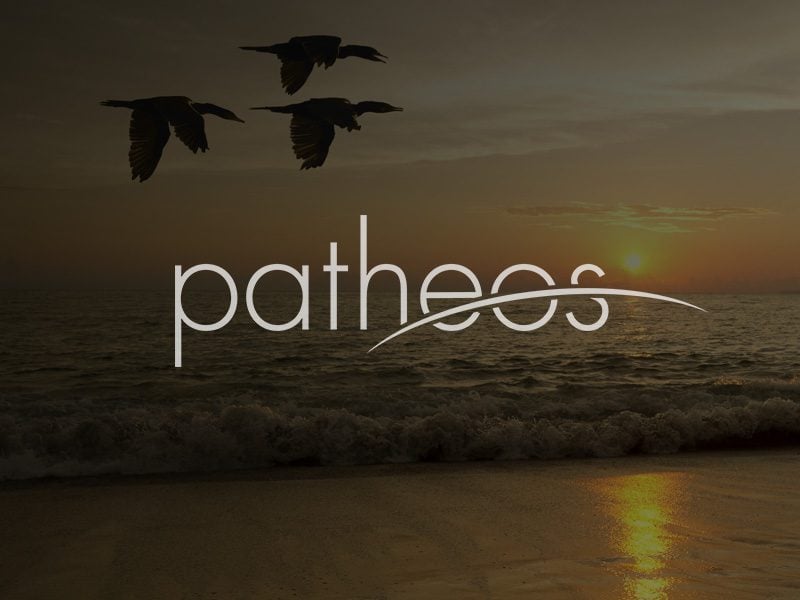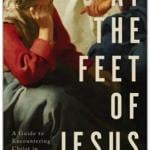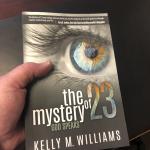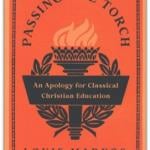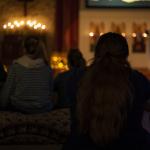In a contribution to the 1988 volume, Eliminating Racism, Thomas Pettigrew explained the uniqueness of the African-American experience, which “uniquely combines a long history of being simultaneously an integral part and on the outside of the society” (23). Few of even the most racist Americans consider blacks to be un-American outsiders. They are acknowledged to be Americans, and they think of themselves as Americans: “They are neither immigrants nor aliens. Nor are they a colonized people in the full sense. Their... Read more










